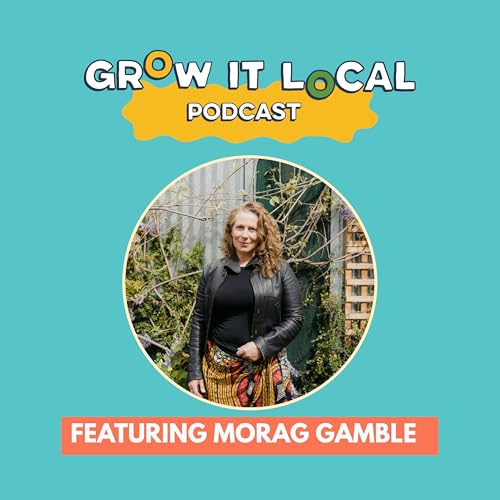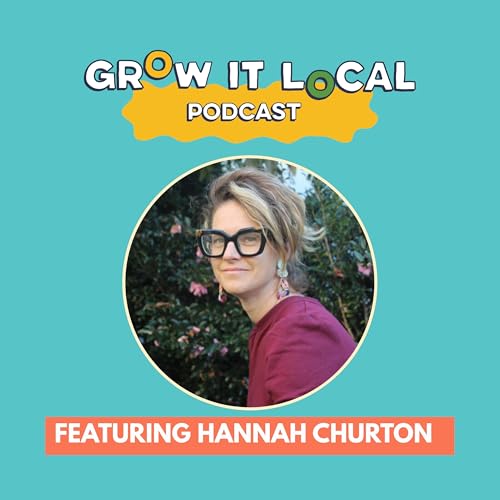Episode 10: How to Save Your Own Seeds with Kat Lavers In this episode, Paul chats with Kat Lavers, urban farmer, educator, and passionate advocate for seed saving. From her small suburban block in Melbourne—affectionately called The Plummery—Kat grows around 450kg of food each year and has made seed saving a central part of her gardening practice.
Kat explains why saving seeds is one of the most powerful skills a gardener can learn. She demystifies common seed terms (heirloom, hybrid, GMO, open-pollinated), shares practical tips for saving seeds from beans, tomatoes, cucurbits, brassicas, and more, and reveals why preserving biodiversity is vital for resilient future food systems.
🧠 What You'll Learn
-
Why seed saving matters for food security and biodiversity
-
The difference between hybrid, open-pollinated, GMO, heirloom and organic seeds
-
Practical tips for saving seeds from beans, tomatoes, cucurbits, and brassicas
-
How to avoid cross-pollination and maintain strong genetics
-
Techniques for drying, storing, and protecting seeds from pests
-
How every gardener can help preserve agricultural heritage
🧰 Resources & Tools Mentioned
-
Seed Savers' Handbook – by Michel and Jude Fanton
-
Seed to Seed – by Suzanne Ashworth
-
Breed Your Own Vegetable Varieties – by Carol Deppe
-
Local seed libraries and community seed exchanges
🔥 Quotes from Kat
"A seed is a baby plant asleep with its lunch."
"Every gardener is also a plant breeder – because choosing what to save shapes the next generation."
"Saving seeds isn't just thrifty, it's about protecting biodiversity for the future."
📚 About Kat Lavers
Kat Lavers is a gardener, educator, and permaculture designer based in Melbourne. At her award-winning urban permaculture property The Plummery, she produces most of her household's fresh produce year-round. Kat runs workshops on sustainable gardening and seed saving, inspiring others to build resilience and reconnect with the cycles of nature.
Follow Kat:
📸 Instagram – @kat.lavers
🌐 Website – katlavers.com.au
✅ Subscribe & Support
Love the podcast? Don't forget to:
-
Follow or subscribe wherever you get your podcasts
-
Leave a review – it helps more growers find the show
-
Join our gardening community for seasonal tips, seeds and workshops 👉 growitlocal.com
🙏 Thanks to our Sponsors
This podcast is made possible thanks to our Local Government partners from across Australia and our friends at:
-
Backyard Farmer
-
Cyclone Tools
-
Pope
 49 分
49 分 38 分
38 分 57 分
57 分 45 分
45 分 47 分
47 分 2025/09/0425 分
2025/09/0425 分 52 分
52 分 2025/08/2740 分
2025/08/2740 分
